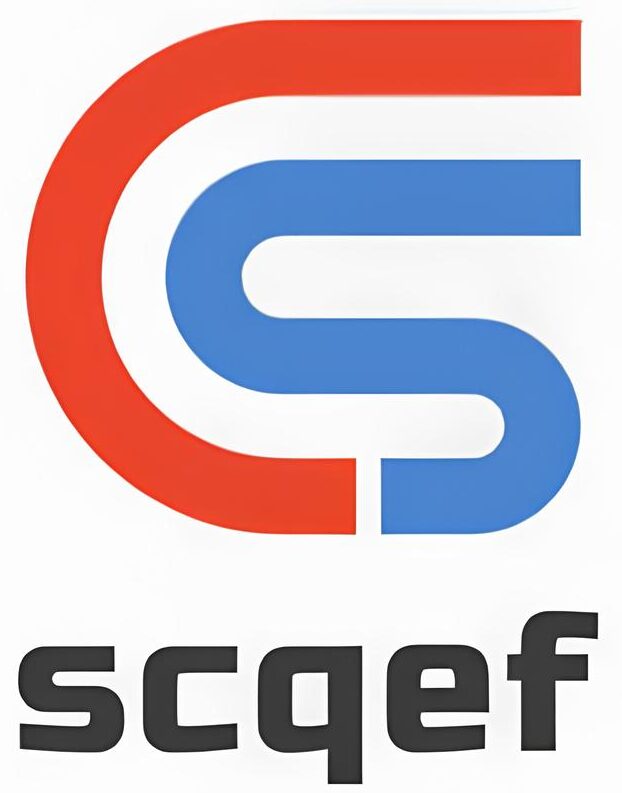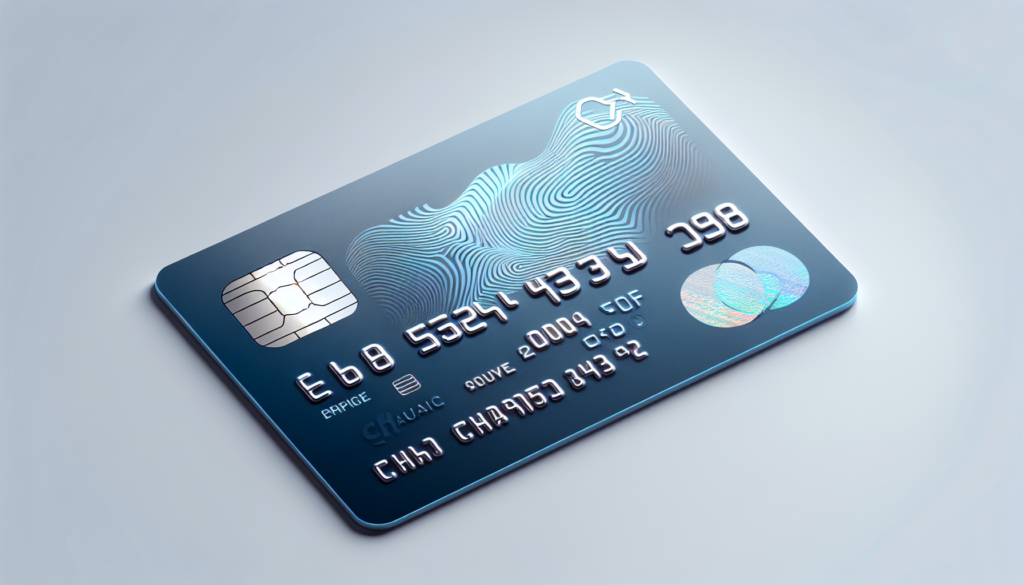Overview of Payment Landscape in Lithuania
Evolution of Payment Methods
The payment landscape in Lithuania has undergone a remarkable transformation over the past few years. Initially dominated by cash, the preference for electronic payments has surged. The introduction of technological advancements, government initiatives, and fintech innovations has played a pivotal role in this change. Key milestones include:
- A near doubling of non-cash payment transactions in 2021.
- Increased adoption of contactless payments and instant credit transfers.
These developments highlight how Lithuania is leveraging European Union opportunities to enhance payment efficiency.
Role of Debit Cards
Debit cards have become increasingly significant in Lithuania’s payment ecosystem. They represent the most utilized payment instrument, accounting for a large portion of transaction volume. With over 94% of payment account holders using internet banking, debit cards facilitate seamless digital transactions. The benefits include:
- Instant access to funds without accruing debt.
- Enhanced security features that deter fraud.
This trend shows that debit cards not only reflect consumer preferences but also the country’s shift towards a more cashless society.
Advantages of Debit Cards in Lithuania
Convenience and Accessibility
Debit cards have become synonymous with convenience for many Lithuanians. They provide instant access to funds without the risk of incurring debt, making everyday transactions hassle-free. The widespread acceptance of debit cards in both retail and online environments ensures that users can enjoy seamless shopping experiences. Key benefits include:
- Capability to make both in-store purchases and e-commerce transactions.
- Growing acceptance for public transport payments, enhancing mobility.
This accessibility positions debit cards as an essential financial tool for consumers.
Security and Fraud Protection
Security is another compelling advantage of debit cards in Lithuania, addressing concerns that many consumers have about potential fraud. With advanced security features embedded—such as contactless technology and two-factor authentication—users can make payments confidently. Benefits include:
- Real-time transaction alerts to monitor account activity.
- Fraud protection policies that often cover unauthorized transactions.
These measures help to cultivate consumer trust and encourage greater debit card utilization in the rapidly evolving payment landscape.
Debit Card Usage Trends in Lithuania
Growth of Debit Card Transactions
The trend of debit card transactions in Lithuania is on the rise, reflecting a growing preference for cashless payments. Recent data shows that debit cards are set to dominate the payment card market by 2024, with significant growth expected in both transaction volume and value. This shift is bolstered by:
- Policies from the Bank of Lithuania promoting electronic payments.
- Increased infrastructure and consumer acceptance of debit card options.
As a result, more Lithuanians are opting for the convenience of debit transactions.
Popular Merchants Accepting Debit Cards
A wide variety of merchants in Lithuania are embracing debit card payments, making it easier for consumers to transact. Popular categories include:
- Grocery Stores: Chain supermarkets such as Maxima and Rimi prominently accept debit cards.
- E-commerce: Online shopping platforms have seen a surge in debit card usage, especially for clothing and electronics.
- Public Transport: Initiatives, including contactless payment options, enhance the usability of debit cards in everyday life.
This growing acceptance among diverse merchants is continuously reshaping how Lithuanians manage their finances.
Comparison with Other Payment Methods
Debit Cards vs. Credit Cards
When considering debit cards in Lithuania, it’s essential to compare them to credit cards. Debit cards offer the advantage of allowing users to spend only what they have in their accounts, instilling a sense of financial discipline. On the other hand, credit cards provide greater flexibility, enabling users to make purchases without immediate cash. Here are a few points to consider:
- Debit Cards: Lower risk of debt accumulation and immediate fund access.
- Credit Cards: Potential for rewards programs and building credit history.
This comparison highlights how both options serve different financial needs.
Debit Cards vs. Cash Payments
In the battle between debit cards and cash payments, debit cards are clearly gaining dominance. While cash remains widely used, the convenience of debit cards cannot be overlooked.
- Debit Cards: Fast transactions, easier tracking of spending, and contactless payment options are now commonplace.
- Cash Payments: Simplicity and widespread acceptance; however, they limit purchase flexibility and can be less secure.
As digital payment adoption increases, many are favoring the efficiency of debit cards over cash.
Regulatory Framework for Debit Card Issuance
Central Bank Regulations
The regulatory framework governing debit card issuance in Lithuania is largely shaped by the Bank of Lithuania. Their commitment to promoting digital payments has led to the establishment of clear guidelines for financial institutions. Key regulations include:
- Adoption of Instant Payments: Encouraging banks to offer SCT Inst services.
- Interchange Fee Caps: Reducing costs associated with card transactions.
These measures ensure a robust and competitive market for debit card services.
Consumer Protection Laws
Consumer protection is paramount in Lithuania’s financial landscape. Laws are in place to safeguard users of debit cards, enhancing their security and usability. Notable protections include:
- Transparent Fees: Financial institutions must disclose all fees associated with debit card use.
- Fraud Liability Limits: Limiting consumer liability in cases of unauthorized transactions upholds trust in electronic payments.
Together, these protections contribute to a safer, more reliable environment for debit card users in Lithuania.
Future Outlook for Debit Cards in Lithuania
Technological Advancements
The future of debit cards in Lithuania looks promising, especially with the rapid advancements in technology. Innovations such as contactless payment options and mobile wallets are enhancing the user experience. As infrastructure improves, consumers will benefit from:
- Faster Transactions: Instant payment systems like SCT Inst are becoming standard.
- Increased Security: Enhanced fraud protection measures ensure safer transactions.
These technological improvements will support a growing debit card user base.
Consumer Behavior Shifts
Alongside technology, shifts in consumer behavior are reshaping payment preferences. A growing awareness and acceptance of electronic payments reflect changing attitudes towards cash. Key trends include:
- Preference for Digital Payments: Surveys indicate over fifty percent of users favor card payments when given the option.
- Emphasis on Convenience: Consumers increasingly demand quick and easy payment solutions.
This shift suggests that debit cards will continue to gain traction as consumers prioritize efficiency and security in their financial dealings.
Conclusion
Recap of Debit Card Dominance
The landscape for debit cards in Lithuania is rapidly evolving. With expected dominance in the payment card market by 2024, local consumers are increasingly favoring debit cards due to their ease of use and enhanced security features. Notably, the annual value of card transactions is projected at $17.4 billion, highlighting a strong shift towards electronic payments.
Implications for the Payment Landscape
This trend towards debit card prevalence signals broader implications for the payment landscape. As electronic payments gain traction, retailers and service providers will need to adapt to accommodate this growing preference, which includes investing in:
- Improved payment infrastructure
- Enhanced customer interfaces to support seamless transactions
These developments pave the way for a cashless future in Lithuania, aligning consumer habits with modern banking solutions.



